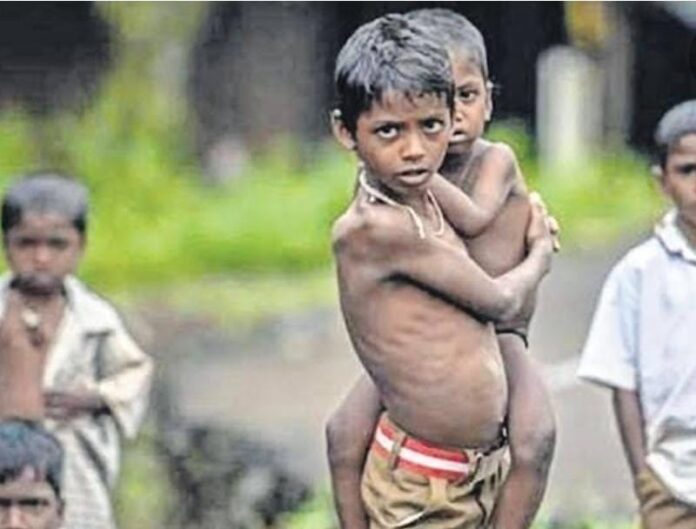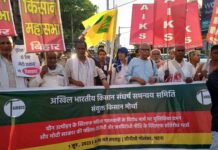The number of severely malnourished children from the age of 6 months to 6 years, has crossed 9.3 Lakh, as of November 2020. Out of this, Uttar Pradesh has recorded around 4 Lakh such children. The data was shared by the Women and Child Development Ministry in response to a question asked in the Rajya Sabha.
“As per ICDS-RRS Portal (as on 30th November, 2020), 9,27,606 severely acute malnourished children have been identified in the country. Out of which 3,98,359 are from the state of Uttar Pradesh.” According to Smriti Irani Minister of WCD.
She went on to state the funds released from the Ministry under the flagship program of Poshan Abhiyan, which is aimed at reducing malnutrition. The Ministry has released Rs. 5312.7 crore to states and union territories from 2017-2020. Out of this, Rs. 2985.5 crore has been used up until March 30th.
The Poshan Abhiyan scheme aims to bring down malnutrition among children from 38.4% to 25% by 2022.
In response to another question raised in the lower house, the WCD Ministry also provided statistics on the difference in malnutrition rates among men and women. Prevalence of under-nutrition among women was 22.9% as compared to men which is at 20.2%.
The case of malnutrition in UP is particularly upsetting. While the the state government has been claiming high spending and prioritisation on children-related infrastructure and schemes, in 2019, the government told the Parliament that the state Govt. failed to spend almost half of the allocated funds for setting up AWCs (Anganwadi Centers) in 2017-18. In addition, Rs. 90 crore remained unspent in 2016-17.
In the last decade, the state’s funds saw a fluctuating expenditures in micro-nutrient supplementation programmes, Infant and Young Child Feeding (IYCF) practices, Nutrition Rehabilitation Centres (NRCs) and diarrhoea control activities. Government records reveal that Rs. 10 crore was spent by the state in 2016-17. This has decreased to 9.80 crore in 2017-18 and Rs. 7.14 crore in 2018-19 for these schemes.
Ramayan Yadav, an activist highlighted how lack of support for Anganwadis also contributes to the flimsy implementation of these schemes. He stated that all Anganwadis which were functional did not serve the purpose. “The situation is not good in rural areas. You will find many centers locked and others filthy. Accountability is also an issue. This (Anganwadi) programme should not run like other government schemes. Any laxity is criminal as this is related to children, our future,” he said.
Read: Cuba: Pregnant Women, Nursing Mothers and High Risk Groups Get Abdala Vaccine






























